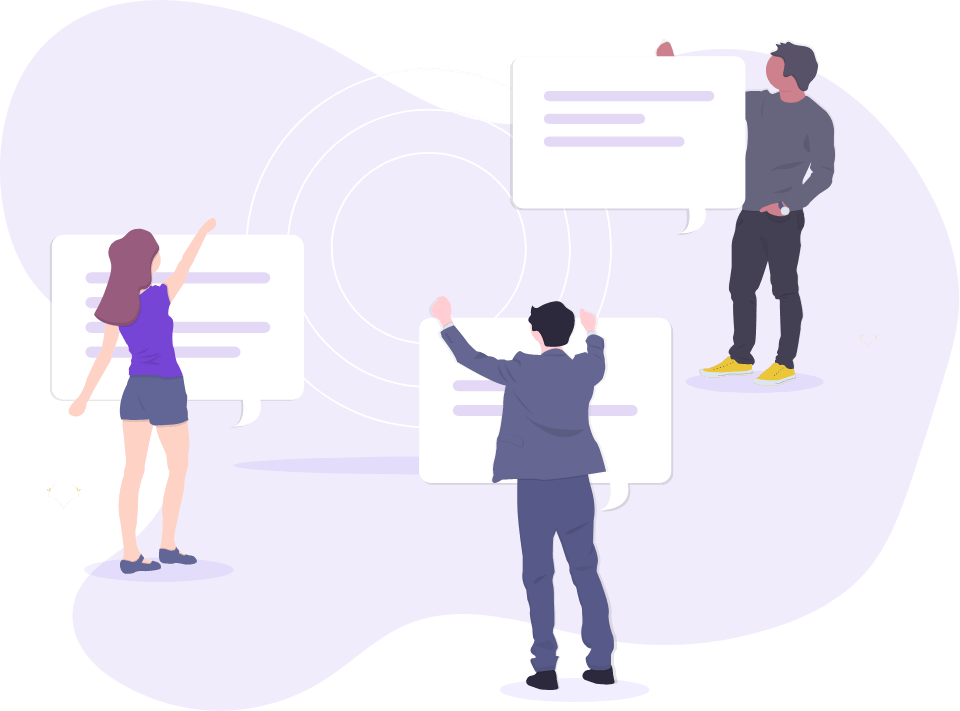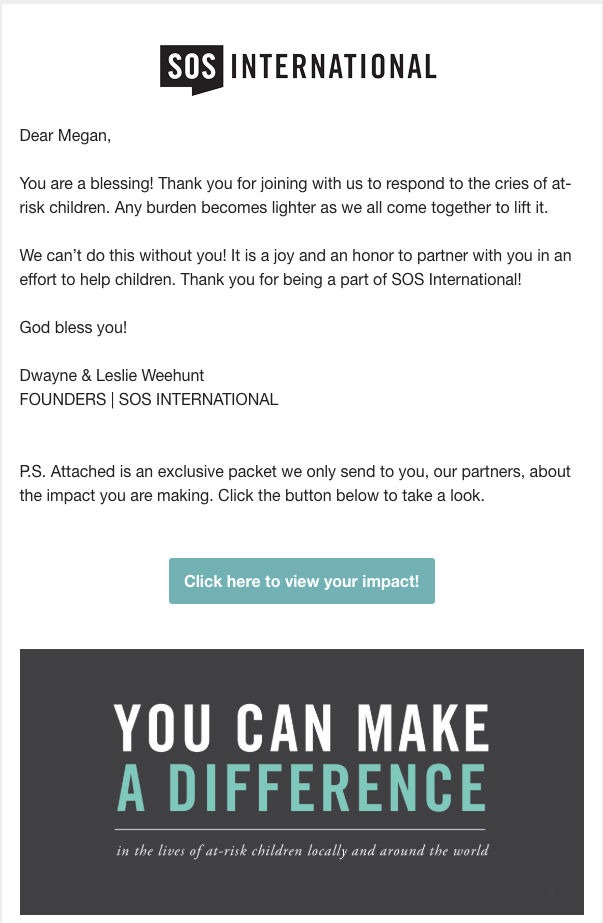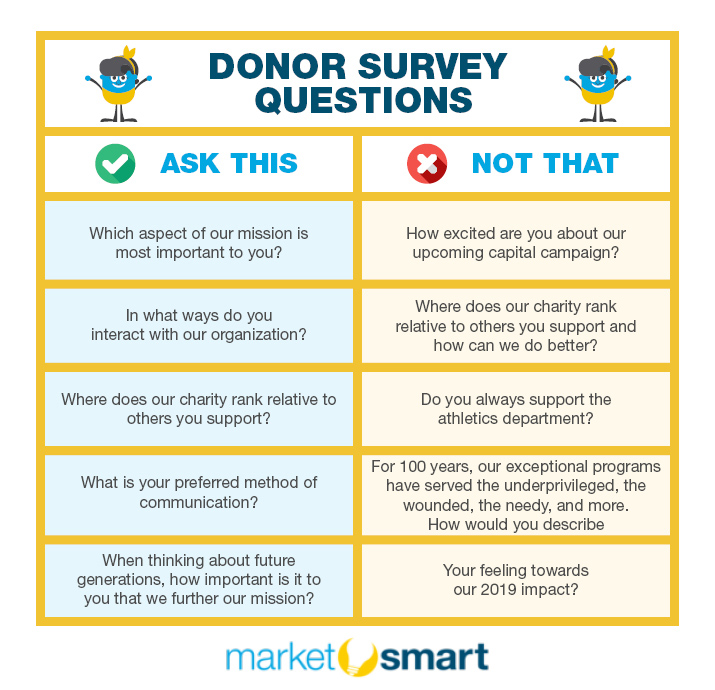6 Essential Strategies to Improve Donor Retention


Charities and nonprofits spend a considerable amount of their time trying to boost and improve their funds and donations, from recruiting new donors to encouraging past donors to give again. However, sadly, many donors who have given in the past may be less likely to give again. Many parts of the donor experience can contribute to this, so it is important to implement strategies to try and encourage a high donor retention rate.
The issue of low fundraising donor retention is a problem that the nonprofit industry has dealt with for some time, despite never knowingly having done anything to actively drive their donors away. So that leaves us wondering how do you improve donor retention and why is donor retention important?
Here are our six essential strategies that will help improve the donor retention rate and improve your overall engagement.
See How Nonprofits Use Keela to Raise 4x More!
Get a glimpse of how Keela’s donor management system can help you develop better relationships, retain donors and raise more for your cause.
1. Personalize their experience
You should personalize the donor experience by speaking to your supporters directly to improve your donor retention rate. The first step to achieving this is by remembering that donors are more than just a number and that there is an actual person behind each dollar pledged.
A great way to engage with your donors is to refer to them by their name, instead of simply sending out repeat fundraising emails with generic greetings. Personalizing your emails helps your organization speak to the donor on an individual level, building a lasting rapport.
As you can see below, using the name of the donor makes a huge difference to your communications and could have a significant impact on the chances of them donating again in the future.


You should also show a good understanding of your history with a donor and acknowledge any previous gifts they made. That shows that you appreciate past pledges, as would any further donation they can make.
A “thank you” program has become a popular fundraising donor retention strategy as it shows donors just how grateful you are for their generosity. Sending timely thank you messages that are personal and specific will make a donor feel appreciated and more likely to repeat a donation.
This example from SOS International calls the donor by their name, thanks them for their donation, and uses exclusive content to let them know how their contribution will impact on the lives of at-risk children.
2. Organize activities
Another great way to improve your fundraising donor retention strategies is by interacting with your past donors on a deeper level. The people and businesses that support your cause feel strongly about your advocacy, and the charity’s story may even resonate with the donor. By reinforcing your story through events and activities, you help develop stronger donor relationships.
Many nonprofit organizations forget that their donors are not only a form of monetary support but can also be a bank of advocates, volunteers, board members, networkers, and fundraisers. For example, by having conversations with donors and encouraging them to fundraise, you may improve donor retention strategies and find new donors.
By reaching out to your donors, they can help you connect with others who are passionate about the cause and could even help you build your target audience.
You must keep in mind that your donors are supporters in many different ways. By providing them with the opportunities to get involved, you may be able to benefit even more from their network and connections.


Build Your Nonprofit’s Donor Stewardship Plan
Stewardship activities are touchpoints for nurturing your donor relationships and help to increase your donor retention rate. With this FREE template, you can map out your donor stewardship plan.
3. Showcase your impact
If you are wondering why donor retention strategies are so important, the generosity of supporters and donors allows nonprofits to continue with their life-changing work. Therefore, donors must know how valuable their donation is and how much of a difference it makes.
It is crucial to reinforce that a donation doesn’t have to be large to make a difference. Every amount counts. However, telling your donors that their money goes towards a particular project or campaign isn’t enough. Instead, breaking down the individual amounts of donations and where they are being spent will help improve donor retention.
For example, if you help children find access to education, then tell donors how much it costs to keep these kids in school. You can create an infographic, like the one above, to make it easier for donors to understand how their donations help their beneficiaries.
Ensure that you are fully transparent about how donor dollars are being used and in what ways contributions have helped. That will make donors feel like they know how much each gift is appreciated and could encourage them to give again.
4. Always follow up
It is crucial to remember that you will need to follow up with past donors if you hope to improve your donor retention strategies and rate. If you have already personalized the giving experience for donors in the past and thanked them for their generosity, then it may only take a little nudge to donate again.
A great way to improve donor retention strategies is to send recurring emails that remind past donors of how they have helped and how they can help again. Aside from thanking the donor for their support, you need to give them a direct link to the donation page so they can take action right away.
However, we recommend you diversify the kinds of follow-ups you send to donors so that each email or letter isn’t always asking about their next donation. For example, you could send a report about the progress of a project and send an update about the work the charity has achieved so far.
Just because a donor may not be in the position to support your cause right now financially doesn’t mean they aren’t still passionate about the work that you do.
5. Ask for feedback
It can be difficult and uncomfortable reaching out to past donors and supporters via email, asking them to send more money to your charity or cause. Therefore, it is entirely understandable if sometimes communications aren’t as good as they could be.
A great way to improve how you do things is to ask your donors for feedback. It is impossible to know whether the newsletters, updates, emails, and letters you send out are helpful or liked by donors without asking them. Knowing your donors’ interests, preferred communication channels, and tracking emails you send, will help you create an optimal donor experience, improving your donor retention rate.
In the past, you may have found that donors have unsubscribed from your email updates not because they no longer want to support and donate to the cause but because they haven’t enjoyed the content you were sharing.
However, when speaking to your donors for feedback, be honest and transparent about your intentions. Ask them outright what content they would like to see from you and what particular updates or annual reports they think are beneficial for donors to have access to. You could do this by email or post, or even by giving them a call (as long as they indicate they’re fine with getting calls from you).
6. Thank the donors
While we mentioned this briefly before, essential fundraising donor retention strategies include always remembering to thank donors for their support. However, this doesn’t just mean sending a standardized thank you reply email. Instead, it means contacting them individually to make sure they know they are appreciated.
There are several ways that you can thank your donors for their support, from a handwritten thank you letter to a video thank you or phone call. No matter how you plan to thank your donors, you need to say thank you as soon as possible, as your gratitude may have a lesser effect if you leave it until weeks later. An email tracker could help you organize and time your responses better.
But at the same time, you shouldn’t only wait until donors make a gift to thank you for their support. Instead, you should reach out to them at different times of the year, such as New Year’s Eve and Christmas. That reinforces to donors how crucial they are as support to the help your organization provides.


Say ‘Thank You’ The Right Way
We know creating a thank you letter, or email from scratch can be a challenge. We create a guide and 7 customizable templates to thank donors, volunteers, sponsors, and more!
Retaining donors and convincing them to make more or larger donations is one of the biggest challenges a nonprofit can face. Using the strategies and techniques discussed above, you can increase the number of donors returning to make further pledges.
From personalizing your donors’ giving experience and taking the time to make them feel appreciated, to showcasing just how much of an impact their donations have on what you do as an organization, you can improve your donor retention rate and grow your network of donors.
We would also recommend that you involve your donors in every part of what your nonprofit is about. Whether that means organizing activities that they can get involved in or asking them for feedback on how they found their experience, you can refine and develop the experience for everyone. Thus encouraging new donors while also retaining the amazing new donors you have.


About the author:
Allie Decker, Head of Content at Omniscient
Allie is the Head of Content at Omniscient, a marketing agency that works with SaaS brands. Before working with Omniscient, she spent 5 years as a freelance writer and then joined the content team at HubSpot, where she worked for nearly 3 years.
She has contributed to more than 100 high-converting articles for HubSpot and collaborated with the folks at Entrepreneur, Hotjar, and Foundr. Her words are bookmarked by entrepreneurs, small business owners, and digital marketers worldwide.







